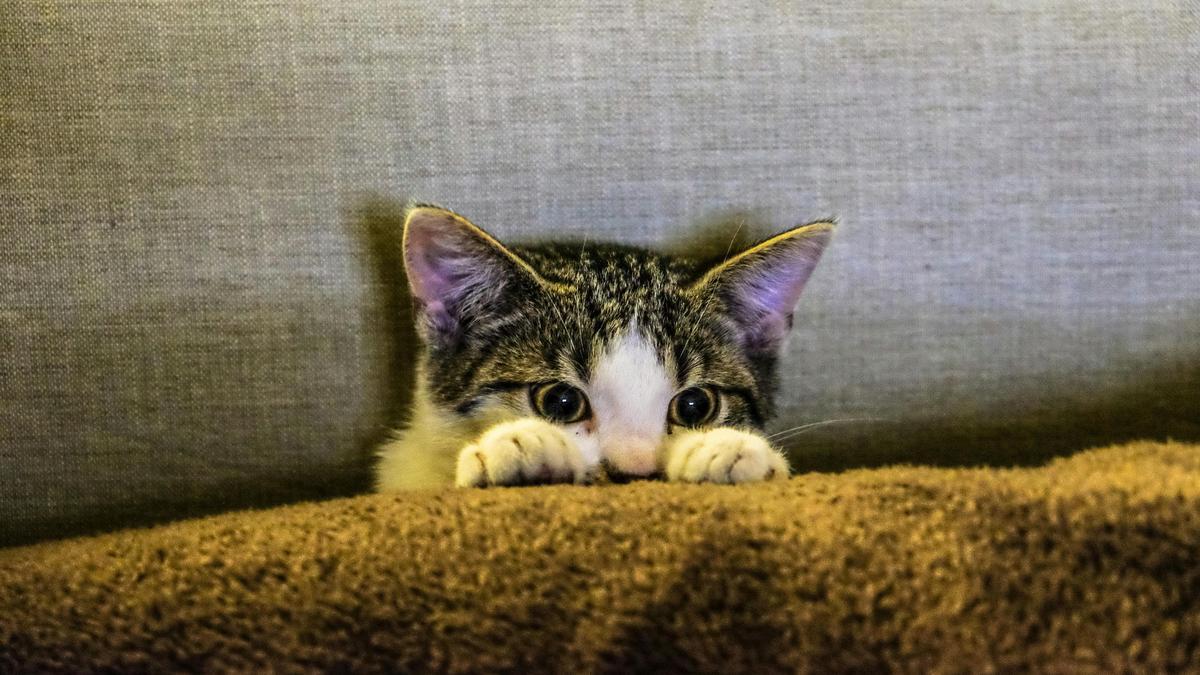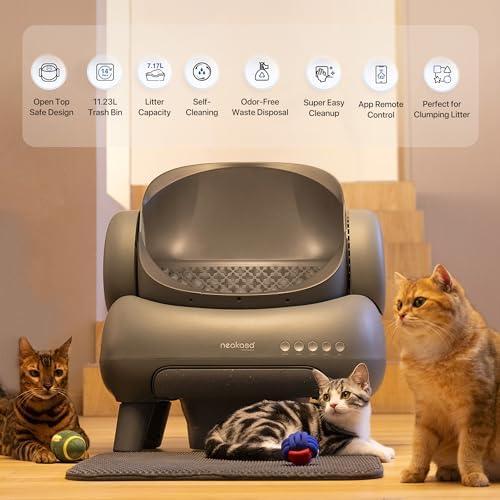Find the Perfect Cat Breed for Your Lifestyle
Find the Perfect Cat Breed helps you pick a cat that fits your home, time, and budget. This practical guide breaks down temperament, hypoallergenic options, low-fuss breeds, family- and dog-friendly picks, apartment-safe choices, activity levels, grooming and shedding, lifespan and health, and whether a kitten or an adult cat suits your life.
You’ll get simple breed-selector steps, adoption tips, a pet checklist, and image alt-text suggestions to help you Find the Perfect Cat Breed with confidence.
Key takeaway
- Match a cat’s energy to your activity level
- Choose grooming needs you can manage
- For allergies, pick low-shedding breeds and control dander
- Match temperament to your household (kids, dogs, roommates)
- Meet or foster before committing

Summary
Why home, time, and budget matter
Your living space, daily schedule, and finances determine which breeds fit. Small apartments favor calmer, indoor cats. Busy schedules need independent or low-energy cats. Budgets must cover food, litter, vet care, grooming, and potential breed-specific health costs. For a realistic picture of ongoing costs, review typical first-year pet care expenses and compare routine rates using regional guides like pet service prices by state. Consider likely life changes—moving, travel, or children—when you choose. A realistic assessment now prevents regret later.
A simple temperament analysis
Temperament is a breed’s personality toolkit:
See Choosing a cat and temperament guide for independent guidance on matching cats to households.
- Talkative: Siamese, Burmese
- Calm background companion: British Shorthair, Russian Blue
- Playful/athletic: Abyssinian, Bengal
- Lap/velcro cats: Ragdoll
- Independent: many domestic short-haired cats
For insights into breed intelligence and how that shapes behavior, see lists of notably bright breeds and what intelligence looks like in cats, such as veterinarians’ top smartest cats and signs that show feline smarts. Meet cats for 15–30 minutes to sense energy and behavior — this beats relying on breed descriptions alone and helps avoid common pitfalls outlined in mistakes to avoid when adopting a new cat.
Hypoallergenic options (realistic)
No cat is 100% hypoallergenic, but some breeds produce less allergen or shed less:
- Balinese, Siberian, Russian Blue, Sphynx (hairless)
Manage allergies with HEPA filters, frequent washing of bedding, brushing outside, and trial visits or fostering to test tolerance. For clinical background and strategies, consult Allergy guidance for people with pets from allergy specialists.
Low-maintenance breeds
If you want minimal fuss, consider:
- British Shorthair, Chartreux, many domestic short-haired cats
They groom themselves, tolerate alone time, and need less frequent brushing. Low maintenance still means regular vet care, clean litter, and daily brief playtime. For simple home setups that keep maintenance low, incorporate ideas from a practical home pet paradise DIY guide.
Family-friendly breeds
Good with kids when properly introduced and supervised:
- Ragdoll, Maine Coon, Burmese, American Shorthair
Teach children gentle handling and supervise interactions, especially with young kids.
Best cat breeds for homes with dogs
Dog-friendly breeds that often accept canine companions:
- Maine Coon, Ragdoll, Burmese, Abyssinian
Success depends on the dog’s temperament too—if you’re pairing pets, check recommendations for compatible canines in top dog breeds for homes with cats. Use scent swapping and slow, supervised introductions and avoid common integration mistakes covered in the adoption guide.
Apartment-friendly cats
Great apartment breeds:
- Russian Blue, British Shorthair, Sphynx, Devon Rex
Maximize vertical space with shelves and cat trees; use window perches and timed play sessions. Check building pet rules and consider noise levels.
Also consult How to choose the right cat for practical tips on matching cat energy to small spaces and apartment living. For ideas to optimize small spaces and DIY vertical solutions, see the home pet paradise DIY suggestions.
Cat activity levels — from couch potato to athlete
- Couch cats: British Shorthair, many Persian mixes
- Active breeds: Abyssinian, Bengal, Ocicat
- Middle-ground: American Shorthair
Match playtime expectations to your availability (20–30 minutes daily for active breeds). For additional clues to how cats express needs and rest patterns, read about common pet sleeping positions.
Grooming and shedding
Grooming depends on coat type:
- Long-haired (Persian, Maine Coon): daily or frequent brushing
- Short-haired: weekly brushing usually sufficient
Sphynx require baths. Use deshedding tools and regular grooming sessions to reduce hair and bond with your cat. Factor typical grooming costs into your budget by consulting general prices for pet services.
Lifespan and health
Indoor cats typically live 12–18 years or more. Breeds may have predisposed conditions (e.g., Persians — respiratory/eye issues; Maine Coons — hypertrophic cardiomyopathy). Mixed-breed cats often have fewer breed-specific genetic problems. Regular vet care, good diet, weight management, and enrichment are key.
Consult the Cornell feline health resources on diseases for trusted, breed-specific health information and research.
Consider pet boarding and emergency care expenses when planning, and compare options like pet boarding price tips if you travel frequently.
Kitten or adult — which to choose?
- Kittens: playful, need training and socialization; bond strongly with time invested
- Adults: predictable temperament, often easier initial fit, may already be litter-trained
If you’re unsure, foster first to test compatibility. Many people find unexpected benefits in choosing older animals — learn about the joys of adopting older pets.
Use a breed selector to narrow choices
Answer questions about space, allergies, activity level, and family setup. List must-haves (allergies, apartment living, kids/dogs) and nice-to-haves (lap cat, low grooming, talkative). Use reputable selectors from cat associations or shelters for a starting point, then meet animals in person. For background on how breeds developed and what to expect from breed traits, a short history can help when you compare pet breed histories. A breed selector is a tool to help you Find the Perfect Cat Breed, not a final decision.
Adoption tips and checklist
Before you bring a cat home:
Follow the ASPCA adoption steps and checklist to prepare for adoption.
- Obtain vaccination records, spay/neuter status, and medical history — and review adoption pitfalls in common adoption mistakes.
- Prepare a safe room, litter box, food, water, scratch post, toys, and a bed — learn hidden issues in litter box secrets.
- Secure loose cords and small hazards
- Plan gradual introductions and scent swapping with other pets
- Ask about trial or return policies; many rescues offer follow-up support
- Budget for the first year (food, shots, microchip, spay/neuter) and consult first-year pet care expense estimates to prepare financially
Understanding behavior and personality types
Learn basic cat signals: purring can soothe or indicate pain, tail flicks signal focus or irritation, slow blinks mean trust. For deeper decoding, read more about secret cat sounds, the complex meanings of tail wags, and general cat behavior guides. Respect shy cats’ pace; reward positive steps with treats and quiet time. For concerning behavior (biting, litter avoidance, sudden aggression), consult a vet or behaviorist—medical or stress-related causes are common.
Quick checklist for choosing the best breed
- Time: Can I meet grooming and play needs?
- Energy: Does the cat’s activity level match mine?
- Allergies: Can I manage symptoms?
- Health: What breed-specific risks exist?
- Budget: Can I cover routine and emergency care?
- Space: Do I have enough vertical and safe areas?
- Meet: Spend in-person time or foster before deciding
Answer these honestly to avoid common mismatches. Use the resources above to refine answers and make a confident choice.

Conclusion
Finding the right cat is about matching lifestyle, not trends. Use this guide to Find the Perfect Cat Breed by listing must-haves, using a breed selector, and meeting or fostering animals. Start today: visit a local shelter, consult a vet, or try a trusted online tool to narrow options. Share this guide with a friend who’s thinking about adopting—then enjoy the messy, lovely journey of bringing a cat home.
For more resources, head to https://techhavela.com
Frequently asked questions
- How can I Find the Perfect Cat Breed for my small apartment?
Look for calm, low-energy cats like Ragdolls, British Shorthairs, or Russian Blues and add vertical spaces. - Which cat breeds are best if I have allergies?
No cat is fully hypoallergenic. Consider Siberian, Balinese, Russian Blue, or Sphynx and test with a trial visit or foster. - What cat is best if I have young kids and a dog?
Patient, social breeds such as Maine Coon, Ragdoll, or Burmese often do well—always supervise interactions and review compatible canine options in top dog breeds for homes with cats. - How do I match a cat’s activity level to my lifestyle?
Choose calm breeds if you want quiet evenings; pick active breeds like Bengals if you can provide daily interactive play. - How much grooming will my cat need?
Short hair: weekly brushing. Long hair: daily or frequent brushing. Sphynx: regular baths. - Should I adopt from a shelter or buy from a breeder?
Adopt to save a life and often save money. Buy from a reputable breeder for predictable traits. Decide based on priorities and ethics, and review common adoption mistakes before choosing. - How do you choose between mixed-breed and purebred cats?
Mixed breeds often bring diverse health strengths and unique looks; purebreds offer clearer trait expectations. Meet animals to assess fit.
Find the Perfect Cat Breed by combining honest self-assessment, practical research, and in-person meetings—then adopt or foster with confidence.
**Sidnir Vieira**
Founder of TechHavela
A passionate pet and tech content creator, helping dog owners across the U.S. make smarter decisions for their furry friends.



